How to Boost After Sales Service Team Performance
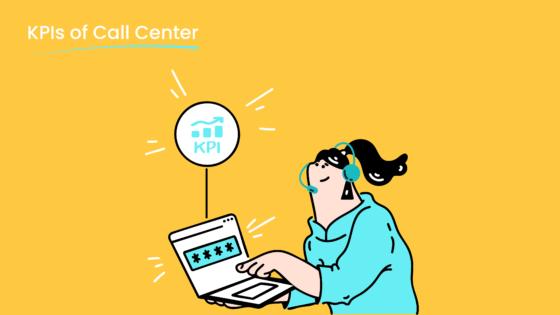
Boosting after sales service team performance starts with understanding how customer service shapes every customer experience. Great customer service builds loyalty and shapes your brand’s reputation. When you deliver excellent customer service, you increase satisfaction, encourage repeat purchases, and drive growth.
| Statistic | Impact on Customer Satisfaction and Business Growth |
|---|---|
| Customers who rate a company’s CX 10/10 are 6x more likely to repurchase | High satisfaction leads to increased repurchase rates. |
| 73% of consumers say experience is a key factor in purchasing decisions | Customer experience drives sales. |
| CX leaders grow revenue 80% faster than competitors | Effective after sales service correlates with faster revenue growth. |
| Customers are willing to pay a 16% premium for great experiences | Good after sales service leads to higher pricing power. |
| 1 in 3 customers will leave a brand they love after one bad interaction | Maintaining positive experiences is critical. |
| Only 8% of customers think companies deliver “excellent” CX | There is a gap in expectations versus actual service. |
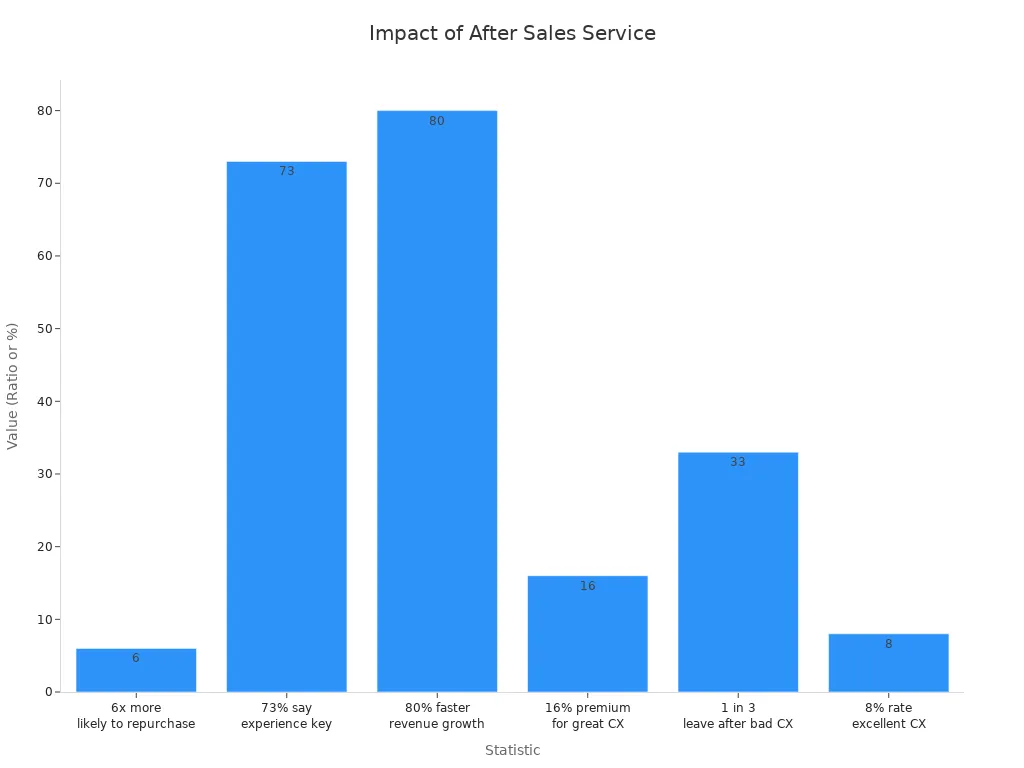
You can trust Sobot and Sobot AI to help your after sales service department responsibilities with an advanced customer service strategy and a reliable Sobot call center.
Team Responsibilities & Structure
After Sales Service Department Responsibilities
You play a key role in shaping customer satisfaction after a sale. The after sales service department responsibilities go beyond answering questions. You help customers get the most value from their purchase. Your department handles many important tasks. Here is a clear overview:
| Responsibility | Description |
|---|---|
| Customer Support | Respond to and resolve support concerns after the purchase. |
| Product Maintenance | Check products, perform repairs, and offer upgrades to keep items working. |
| Warranties | Provide repair, replacement, or refunds for defective products. |
| Training | Offer training and resources so customers can use products effectively. |
| Personalized Interactions | Address customers by name and use their purchase history for tailored help. |
You must focus on these after sales service department responsibilities to build trust and loyalty. In the automotive and technology industries, customers expect fast, reliable, and personal support. In B2B, you need to provide long-term solutions and relationship-driven service. Your team must adapt to these different needs.
Leading companies structure their after sales service department responsibilities by dividing work based on product lines, locations, or customer segments. This approach helps your team develop expertise and deliver better service. You should also create clear workflows and set up a positive environment for your customer service staff.
Roles in the Customer Service Team
Every customer service team relies on a mix of roles to meet after sales service department responsibilities. Each member of your customer service staff brings unique skills to the team. Here is a breakdown:
| Role | Contribution to Team Performance |
|---|---|
| Customer Service Representative | Handles basic inquiries, processes orders, and documents interactions, ensuring efficient first contact with customers. |
| Customer Service Specialist | Resolves complex issues, trains Level 1 agents, and collaborates with them to improve service quality. |
| Technical Support Engineer | Addresses technical issues, monitors systems to prevent problems, and creates documentation for common challenges. |
| Customer Service Team Lead | Manages team performance, hires and trains agents, and implements policies to maintain high service quality. |
You need to support your customer service staff with training and growth opportunities. This helps your team stay motivated and ready to handle challenges. When you define roles and responsibilities clearly, your customer service team can work together to deliver excellent after sales service department responsibilities.
Key Skills & Management
Essential Customer Service Skills
You need strong customer service skills to deliver effective customer service and improve customer satisfaction. The most important skills help you solve problems quickly and build trust with customers. You should focus on these key areas:
| Skill | Description |
|---|---|
| Call Resolution | Resolve customer inquiries on the first call to boost satisfaction. |
| Ownership | Take responsibility for each issue and try to solve it yourself. |
| Helpful | Show a willingness to assist and support customers. |
| Knowledge | Provide accurate information and answer questions confidently. |
| Empathy | Understand customer feelings and respond with care. |
| Build Rapport | Connect with customers and create positive relationships. |
| Communication | Share information clearly so customers understand you. |
| Listening | Pay attention to customer needs and respond thoughtfully. |
| Call Length | Manage call duration to keep customers satisfied. |
You can develop these customer service skills through effective training. The best training methods include personalized formats, role-playing exercises, scenario-based learning, and ongoing opportunities for growth.
| Training Method | Description |
|---|---|
| Personalized Training Formats | Match training to your learning style for better results. |
| Role-Playing Exercises | Practice real customer interactions to improve communication and problem-solving. |
| Scenario-Based Training | Use real-life situations to apply new skills. |
| Ongoing Learning Opportunities | Keep learning and adapting to new customer needs. |
Tip: Regular practice and feedback help you master customer service skills and deliver effective customer service every day.
Leadership & Team Management
Strong management and leadership drive your customer service team’s success. You need leaders who motivate, support, and guide your team. The best leadership styles for improving customer service include transformational, servant, and coaching approaches.
| Leadership Style | Impact on Team Performance |
|---|---|
| Transformational | Inspire motivation, creativity, and high performance. |
| Servant | Build trust, teamwork, and loyalty. |
| Coaching | Support skill development and personal growth. |
Effective management also means creating a positive work environment. You should focus on strong manager-employee relationships, career development, recognition, work-life balance, purpose-driven culture, and effective communication. These factors increase engagement and retention in your customer service team.
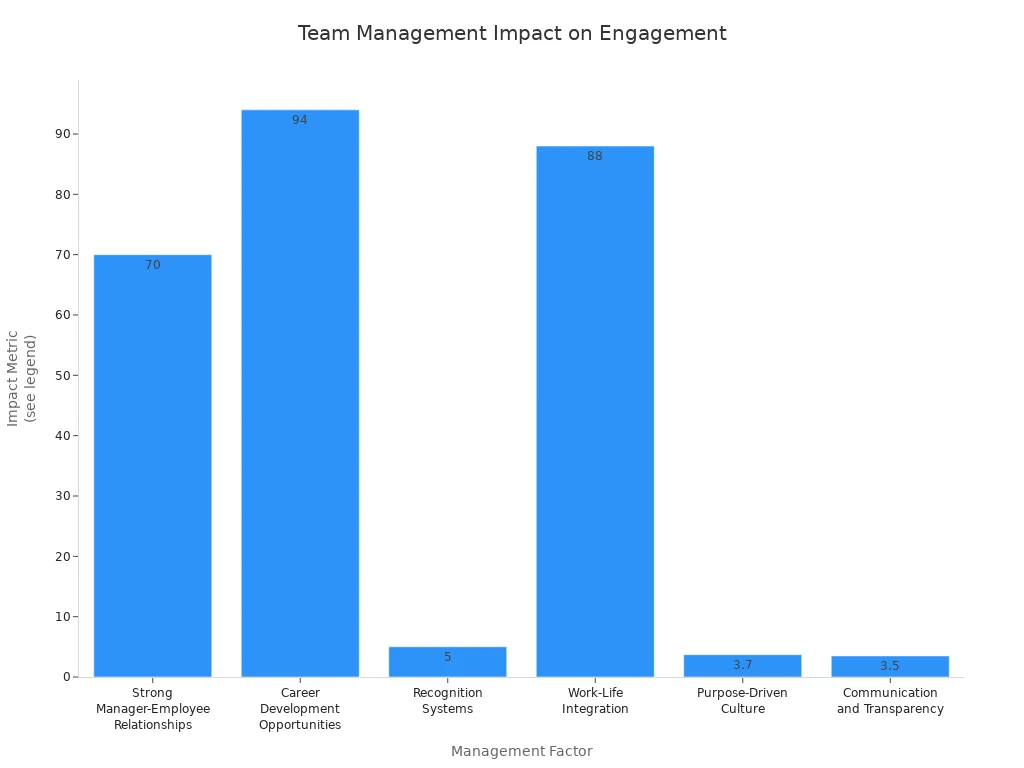
You can boost team performance by recognizing achievements, offering growth opportunities, and making sure everyone understands the company’s purpose. Good management helps you keep skilled employees and build a team that delivers effective customer service.
Technology & Tools for Customer Service
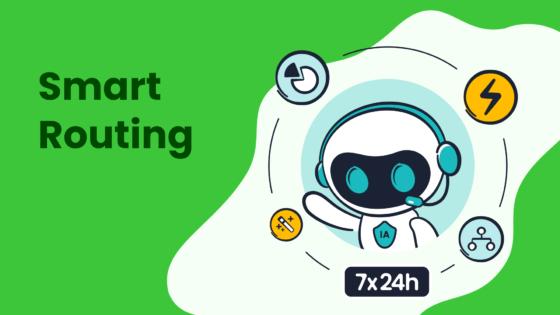
Modern customer service depends on technology. You need the right tools to deliver fast, reliable, and personal service. Today’s customers expect you to solve their problems quickly and on their preferred channels. You can meet these expectations by using advanced solutions like Sobot’s Voice/Call Center and omnichannel platforms. These tools help your team work smarter and improve every service interaction.

Sobot Voice/Call Center Solutions
You want your after sales service team to handle calls efficiently. Sobot Voice/Call Center Solutions give you the power to manage every service call with confidence. The platform combines smart features with a user-friendly design, making it easy for your team to deliver excellent service.
Sobot’s Voice/Call Center includes:
- Intelligent IVR: You can set up custom greetings and menus. This feature routes each service call to the right agent or team. You save time and reduce customer frustration.
- Unified Workspace: Your agents see all customer information and service history in one place. This helps them answer questions faster and provide better service.
- AI-Powered Voicebot: The voicebot understands customer intent and handles routine service requests. Your team can focus on complex service issues.
- Bulk Outbound Task: You can automate follow-up service calls and assign leads based on priority. This keeps your service team organized and responsive.
- Real-Time Monitoring and Analytics: You track service performance, call data, and agent activity. This helps you spot trends and improve your service strategy.
- Global Number Availability: You support customers worldwide with local service numbers.
- Mobile Compatibility: Your team can manage service calls on Android and iOS devices.
Sobot’s Voice/Call Center stands out because it integrates AI-driven chatbots and WhatsApp Business API. You can automate service responses and reach customers on their favorite messaging apps. This reduces response times and streamlines your service operations. The platform’s flexibility lets you match your brand’s tone while keeping service fast and high-quality.
You see real results when you use Sobot’s Voice/Call Center for your service team. Here is a table showing the measurable benefits organizations have experienced:
| Metric | Improvement with AI Customer Service Implementation |
|---|---|
| Customer Satisfaction | +45% increase due to continuous availability |
| Processing Time | -77% reduction in request processing time |
| Net Promoter Score (NPS) | +15-25 point improvement |
| First Contact Resolution Rate | +40% improvement |
| Wait Times | -50% reduction |
| Operational Cost Reduction | Up to 30% reduction |
| ROI | 300-400% over 3 years for leading companies |
| Revenue Increase | 7-25% increase by sector |
You also benefit from AI chatbots and real-time AI assistance. These tools help your agents work more efficiently, reducing average handling time by 9%. Your support team can resolve 14% more service issues per hour. AI-powered automation generates valuable data, helping you make better decisions about staffing and call routing.
Sobot’s Voice/Call Center supports your service team with stable, secure, and scalable technology. The system has a 99.99% uptime and encrypted data transfer. You can integrate it with your CRM and other business systems. This makes your service operations seamless and reliable.
You can also use the latest visual engagement tools with Sobot. Features like co-browsing, screen sharing, video chat, AR overlays, and visual IVR help your agents provide real-time visual service. These tools reduce issue resolution time, decrease call handling time, and improve first-call resolution rates. Your customers get a better service experience, and your team works more efficiently.
Omnichannel Customer Service Tools
Customers want to reach you on their terms. They use email, chat, social media, phone, and messaging apps. You need an omnichannel service platform to keep up. Sobot’s Omnichannel Solution brings all your service channels together in one place. This unified approach helps you deliver consistent, high-quality service across every touchpoint.
Key features of Sobot’s omnichannel customer service tools include:
| Key Feature | Description |
|---|---|
| Connected Customer Conversations | Centralizes interactions across various channels for seamless service support. |
| AI-Powered Chat & Automation | Uses chatbots for handling service inquiries and routing conversations efficiently. |
| Integrated Ticketing System | Organizes service requests for efficient tracking and resolution. |
| Proactive Customer Support | Automates follow-ups based on customer activity for better service engagement. |
| Advanced Reporting & Analytics | Offers insights into service performance and customer satisfaction for data-driven improvements. |
| Self-Service & Knowledge Base | Allows customers to resolve service issues independently through help centers and FAQs. |
You can use Sobot’s AI-powered chatbots to answer common service questions 24/7. This frees your agents to focus on more complex service needs. The integrated ticketing system keeps every service request organized. You never lose track of a customer’s issue. Proactive support features let you follow up with customers automatically, increasing engagement and satisfaction.
Sobot’s advanced reporting and analytics give you a clear view of your service performance. You see which channels your customers use most, how quickly your team resolves service issues, and where you can improve. The self-service and knowledge base tools empower your customers to find answers on their own. This reduces the number of service calls and increases customer satisfaction.
Sobot’s unified workspace brings all service conversations, tickets, and customer data together. Your agents can switch between channels without losing context. This ensures a smooth service experience for every customer.
AI and analytics play a big role in Sobot’s omnichannel service platform. AI handles complex service inquiries across all touchpoints, reducing response time and improving customer satisfaction. Abundant data statistics and analysis reports help you understand customer concerns. You can prioritize your team’s efforts and make better decisions. The AI Copilot boosts efficiency by freeing up your team to focus on complex service tasks. This improves overall productivity.
Here is a table showing how AI and analytics in Sobot’s unified workspace impact your after sales service team performance:
| Evidence Description | Impact on After Sales Service Team Performance |
|---|---|
| AI handles complex inquiries across all customer touchpoints. | Reduces response time and improves customer satisfaction. |
| Abundant data statistics and analysis reports help understand customer concerns. | Enhances decision-making and prioritization of team efforts. |
| AI Copilot boosts efficiency. | Frees up team members to focus on more complex tasks, improving overall productivity. |
| AI-powered service delivers omnichannel experiences. | Ensures consistent customer experience across various platforms. |
You can see the impact of these tools in real-world examples. Samsung used Sobot’s all-in-one contact center solution to unify its service channels. The company achieved a 97% customer satisfaction rate and increased agent efficiency by 30%. You can read more about Samsung’s success with Sobot here.
Sobot’s platform supports a wide range of service tools:
- Live Chat: Manage service conversations from your website, app, or social media in one inbox.
- Chatbot: Provide instant, AI-powered service responses in multiple languages.
- Ticketing System: Track, assign, and resolve service requests with automated workflows.
- WhatsApp Business API: Reach customers on WhatsApp with automated service messages and analytics.
- Voicebot: Handle routine service calls and free up agents for complex issues.
You can trust Sobot to deliver secure, scalable, and user-friendly service solutions. The platform supports over 10,000 brands and handles millions of service interactions every day. You get a stable system with 99.99% uptime and global support.
Tip: Choose technology that grows with your business. Sobot’s service solutions adapt to your needs, helping you deliver excellent service at every stage.
You can boost your after sales service team’s performance by using Sobot’s advanced technology and tools. These solutions help you deliver fast, reliable, and personal service across every channel. Your customers notice the difference, and your business grows stronger.
Performance & Customer Satisfaction
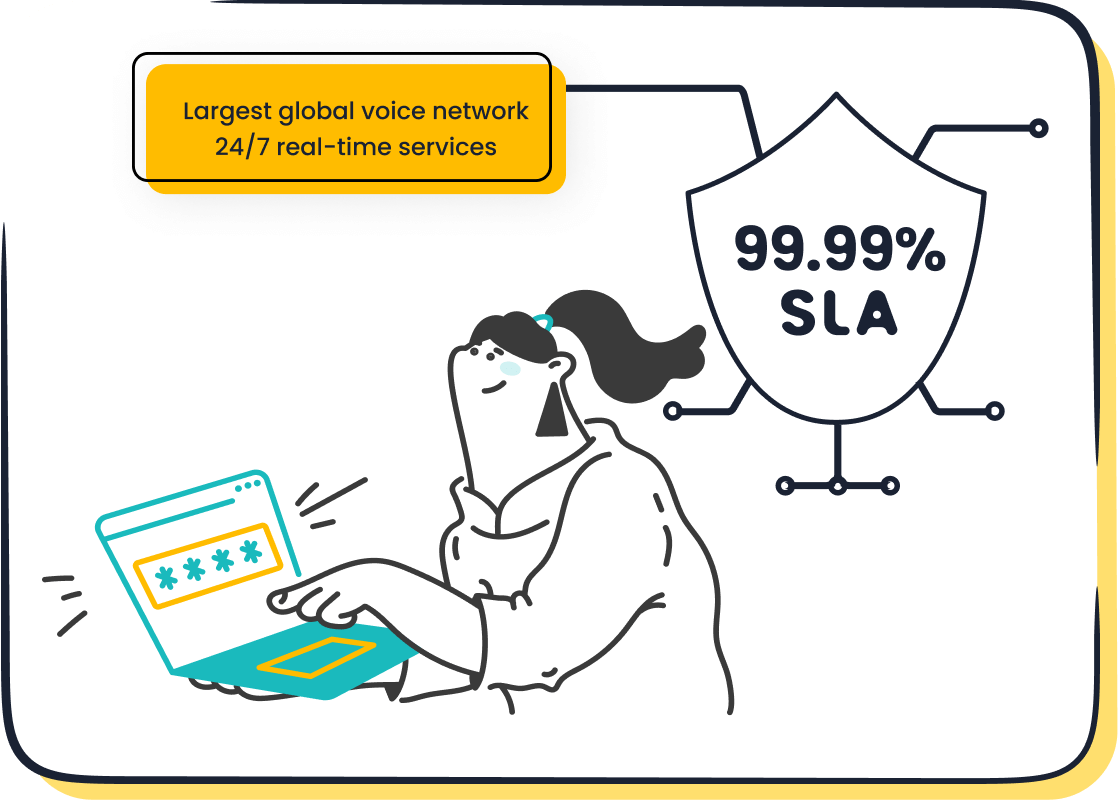
Measuring Customer Satisfaction
You need to measure customer satisfaction to understand how well your after sales service team meets customer expectations. When you track satisfaction, you see how your customer support and customer care efforts shape the overall customer experience. Happy customers often return and recommend your business, which builds customer loyalty.
You can use several methods to measure satisfaction. Surveys, ratings, and interviews help you gather feedback about the customer service experience. The most common metrics include:
| Metric Type | Description |
|---|---|
| Overall Satisfaction Measure | Shows how customers feel about their experience with your product or service. |
| Customer Loyalty Measurement | Tells you how likely customers are to recommend your service to others (Net Promoter Score). |
| CSAT Score | Reveals how satisfied customers are with their interactions and service experiences. |
You can also use a simple list to track satisfaction:
- Overall Satisfaction Measure
- Customer Loyalty Measurement
- CSAT Score
When you analyze these scores, you notice a clear link between satisfaction and customer retention. Satisfied customers tend to stay with your company. However, the relationship is complex. Some satisfied customers may leave, and some dissatisfied customers may remain. You should use satisfaction scores as a predictor for customer loyalty and repeat business.
Tip: Regularly ask for feedback to improve your customer care and customer support. This helps you meet customer expectations and deliver a better customer experience.
KPIs & Analytics for After Sales Service
You need key performance indicators (KPIs) to track your after sales service team’s success. KPIs show how well your team delivers customer support and resolution. The most important KPIs include:
| KPI | Definition | Indicator |
|---|---|---|
| First Time Fix Rate (FTFR) | Measures how often your team solves a problem on the first contact. | Shows technician efficiency and customer satisfaction. |
| Average Reply Time (ART) | Tracks how quickly your team responds to customers. | Measures responsiveness and customer care. |
| Service Level Agreements (SLAs) | Records how fast your team resolves inquiries. | Reflects reliability and speed based on service agreements. |
You can use analytics to improve your customer service experience. By compiling customer information from CRM software, you see purchase histories and complaints. Advanced analytics help you find gaps and bottlenecks in your customer support process. You can analyze data from surveys, reviews, ratings, and service tickets. Look for patterns and trends to reveal strengths and weaknesses in your customer care.
- Capture and analyze data from your customer service team.
- Identify areas for improvement in customer support and resolution.
- Benchmark your results against industry standards.
When you use analytics, you guide policies like reply times and resolution speed. This helps you deliver a better customer experience and meet customer expectations. Strong KPIs and analytics lead to higher satisfaction and improved customer loyalty.
Engagement & Continuous Improvement
Motivating the Customer Service Team
You can boost your customer service team’s performance by focusing on motivation. When you create a supportive culture, you help your team feel valued and engaged. Open-door policies and regular town hall meetings encourage everyone to share ideas and concerns. Recognition programs, such as Employee of the Month and peer recognition, celebrate achievements and build morale. Financial incentives for projects that align with your company’s mission inspire your team to reach higher goals.
Motivated employees deliver better service. You may see up to a 37% increase in sales when your team feels engaged. Satisfied employees create positive experiences for customers, which leads to improved customer satisfaction and loyalty. Engaged employees also help your business grow by building stronger relationships with customers.
Tip: Recognize your team’s hard work often. Small gestures, like thank-you notes or public praise, can make a big difference.
| Motivation Strategy | Impact on Team Performance and Customer Experience |
|---|---|
| Supportive Culture | Increases engagement and idea sharing |
| Recognition Programs | Boosts morale and job satisfaction |
| Financial Incentives | Drives alignment with company goals |
Feedback & Ongoing Training
You need to collect and use feedback to help your team improve. Ask for customer feedback after purchases or support interactions. Keep surveys short and relevant so customers complete them. Use multiple channels to reach different audiences and gather comprehensive insights. Act on feedback and follow up to show customers their input matters. Measure feedback effectiveness over time to track progress.
When you use feedback to guide training and development, you identify areas where your support staff need more resources. Process improvements based on feedback help you fix recurring issues. Technology integration, such as AI-powered chatbots, allows your team to handle common inquiries and focus on complex support tasks.
Companies that use feedback to enhance support see a 25% reduction in average resolution times and a 20% increase in customer satisfaction. Regular training programs build skills in product knowledge, customer service techniques, and handling difficult situations. Continuous learning opportunities show your commitment to team growth and boost morale. Tailored training with interactive workshops and real-life scenarios ensures your team delivers a seamless customer experience.
Note: Ongoing training and feedback help your team stay confident and effective. You build a culture of improvement and excellence.
To boost after sales service team performance, you should:
- Set measurable goals and recognize achievements.
- Build trust and provide continuous feedback.
- Invest in advanced technology like Sobot to improve customer satisfaction and team results.
| Metric | Improvement |
|---|---|
| Customer satisfaction | 97% |
| Problem resolution | 85% |
| Customer happiness | 99% |
A 5% increase in customer retention can raise profits by up to 95%. Start implementing new strategies and explore Sobot’s solutions to drive long-term success.
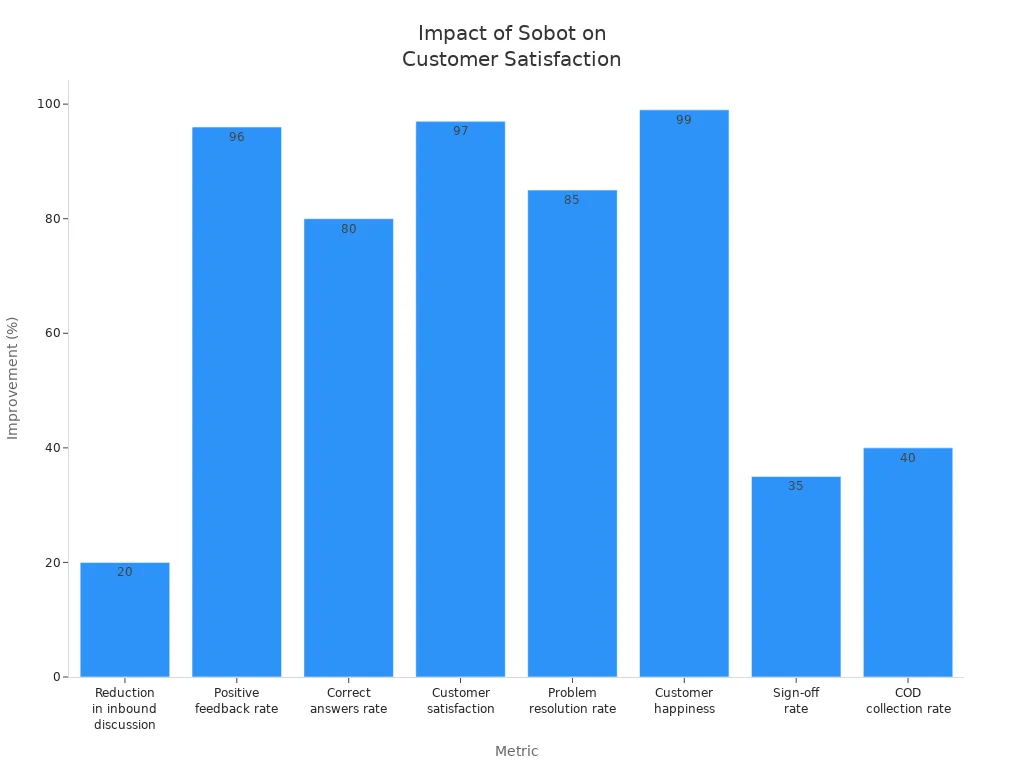
FAQ
What is the best way to measure after sales service team performance?
You can track after sales service team performance using KPIs like First Time Fix Rate, Average Reply Time, and CSAT scores. These metrics show how well your customer service team meets customer expectations and improves customer satisfaction. Learn more about KPIs.
How does technology improve customer experience in after sales service?
You boost customer experience by using tools like Sobot’s Voice/Call Center and omnichannel platforms. These solutions help your customer service team respond faster, automate tasks, and provide consistent support. Companies see up to a 30% increase in agent efficiency with advanced technology.
Why is ongoing training important for customer service teams?
Ongoing training helps your customer service team learn new skills and adapt to changing customer needs. You build confidence and improve problem-solving. Teams with regular training report a 20% increase in customer satisfaction and faster issue resolution.
How can you motivate your after sales service team?
You motivate your after sales service team by recognizing achievements, offering growth opportunities, and creating a supportive culture. Engaged employees deliver better customer service and improve customer satisfaction. Studies show motivated teams increase sales by up to 37%.
What makes Sobot different from other customer service solutions?
Sobot offers a unified workspace, AI-powered automation, and global support. You manage all customer interactions in one place, improve after sales service team performance, and boost customer satisfaction. Sobot’s platform supports over 10,000 brands and maintains 99.99% uptime.
See Also
Enhancing Call Center Effectiveness Through Performance Monitoring
Increasing Efficiency with AI-Driven Customer Service Solutions
Enhance SaaS Customer Support Using Live Chat Techniques
Maximize Your 24/7 Live Chat Operational Efficiency
Ten Strategies to Improve Customer Satisfaction in Live Chat
